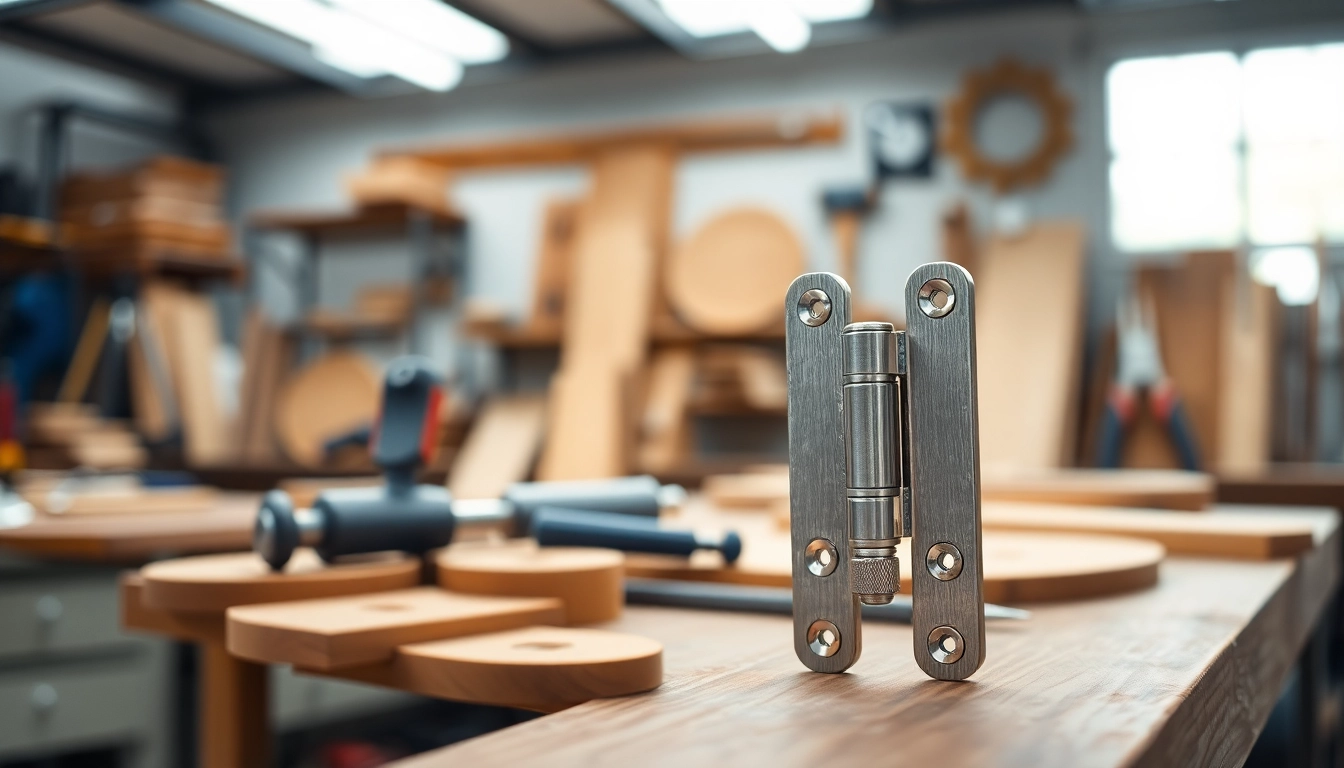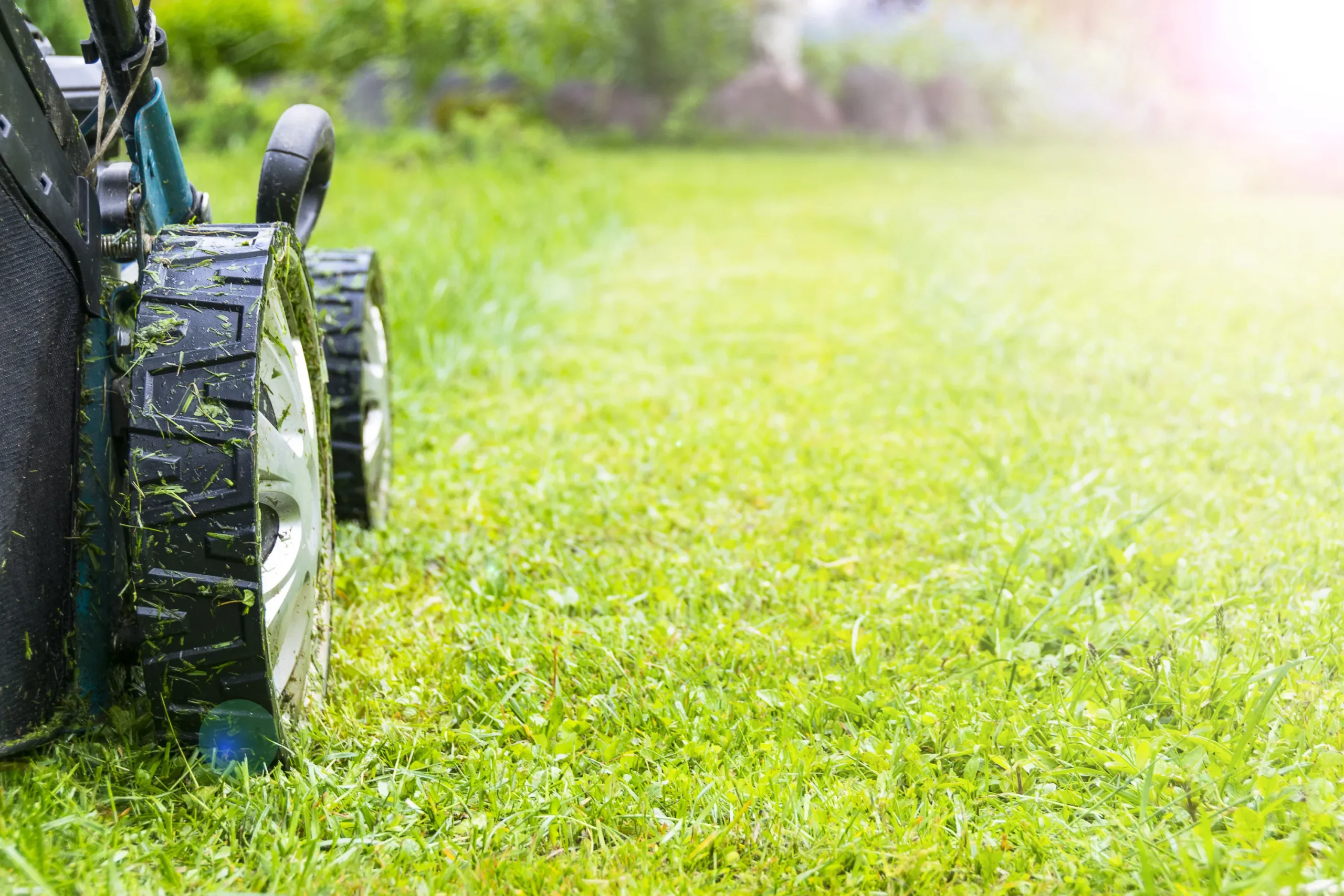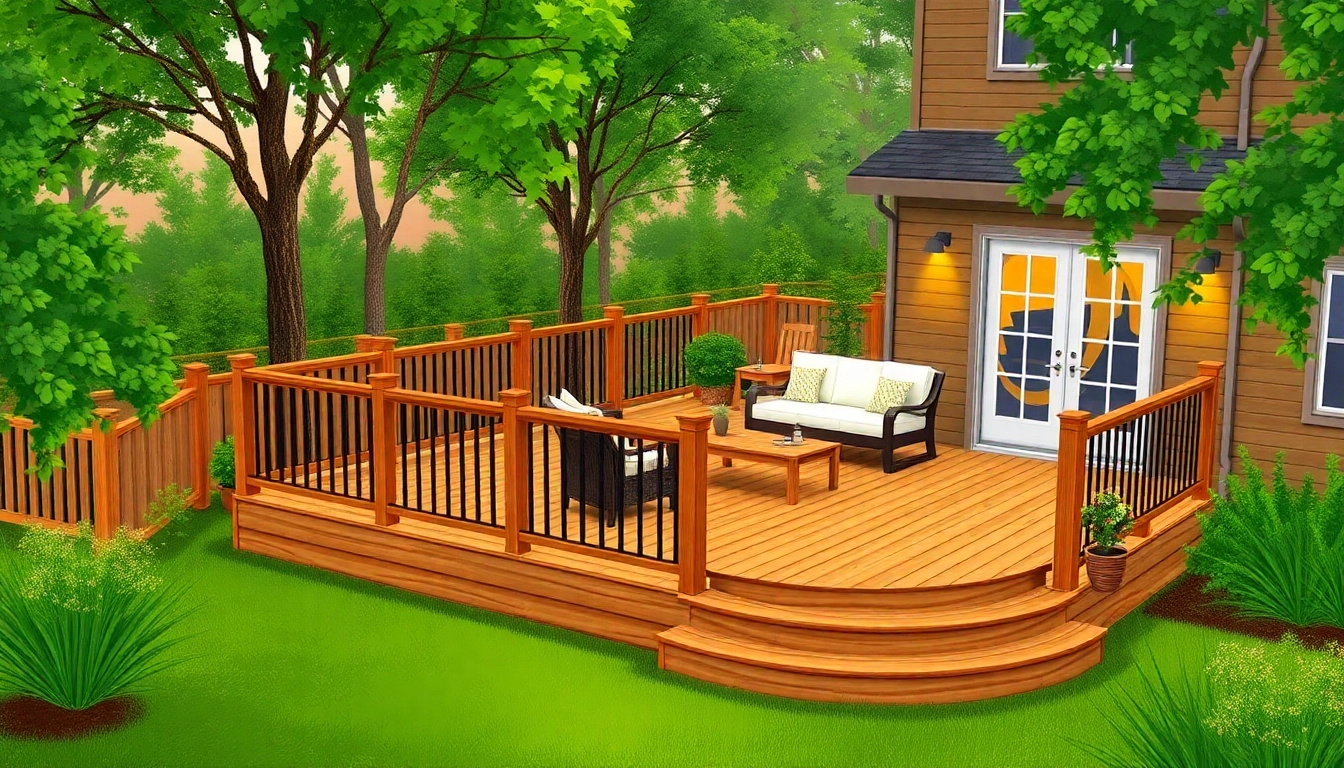Understanding Cabinet Hinges: Types and Uses
Overview of Common Cabinet Hinge Types
Cabinet hinges are fundamental components in cabinetry, designed to facilitate the smooth opening and closing of doors. Choosing the right hinge can significantly influence both the functionality and aesthetic appeal of your cabinetry. Here, we explore the most common types of cabinet hinges:
- Concealed Hinges: Also known as European hinges, these hinges are mounted inside the cabinet and are invisible when the cabinet door is closed. They are popular due to their sleek appearance and ability to provide a flush finish.
- Butt Hinges: Traditional butt hinges are typically visible and consist of two plates that are attached to the door and the cabinet frame. They are strong and suitable for heavier doors.
- Pivot Hinges: Designed for doors that pivot rather than swing, these hinges allow for a unique opening mechanism often found in modern cabinetry.
- Soft-Close Hinges: Combining the benefits of concealed hinges with a gentle action, soft-close hinges prevent doors from slamming shut, offering a quieter closing experience.
- Strap Hinges: Ideal for decorative cabinets, these hinges feature long plates that extend out from the door, providing both functional support and style.
Specialized Hinges for Unique Applications
In addition to standard hinges, various specialized hinges cater to specific applications, each designed to meet certain functional or aesthetic requirements:
- Overlay Hinges: These are designed to allow the cabinet door to overlay the cabinet frame. They come in various configurations, including those suitable for full overlay or half overlay doors.
- Inset Hinges: Used with doors that sit flush with the cabinet frame, inset hinges require precise installation to ensure smooth operation.
- Cabinet Lid Stays: These are specialized hinges that assist in the opening and closing mechanisms of cabinet lids, used in both kitchen and storage cabinets.
Benefits of Quality Hinges in Cabinetry
The choice of hinges significantly affects not only the functionality of your cabinetry but also its overall durability and aesthetic. Quality cabinet hinges offer numerous benefits:
- Enhanced Durability: Higher-quality materials in hinge construction translate to increased longevity, allowing them to withstand frequent use without wearing out.
- Improved Functionality: Well-engineered hinges ensure smooth operation, reducing stress on both the door mechanism and the panel structure.
- Aesthetic Appeal: Quality hinges, particularly concealed types, provide a sleek and modern look, enhancing the overall design of the cabinetry.
- Noise Reduction: Soft-close hinges minimize noise, contributing to a quieter environment in the kitchen or living space.
Top Cabinet Hinge Manufacturers: A Comprehensive Guide
Leading Brands and Their Unique Offerings
When selecting Cabinet Hinge Manufacturers, it is essential to consider the range of offerings and specialties that each brand provides. Here are some of the most reputable manufacturers:
- Blum: Widely recognized for their state-of-the-art soft-close hinge technology, Blum offers a variety of concealed hinges that enhance functionality and aesthetics in cabinetry.
- Grass: Known for their practical hinge systems, Grass provides a versatile selection that caters to various cabinet styles and geometries, ensuring smooth operation.
- Amerock: This brand emphasizes design, offering decorative hinges that add a touch of elegance and personal style to cabinetry.
- Sugatsune: Focusing on high-end applications, Sugatsune specializes in unique hinge types, including pivot and lid stay hinges, often used in luxury cabinetry.
Comparative Analysis: Price vs. Quality
While selecting steel hinges, consumers often face the dilemma of price versus quality. Finding the right balance can lead to better long-term satisfaction and performance:
- Budget-Friendly Options: Cheaper hinges may appeal to those looking to save costs, but they often compromise on durability and operation smoothness.
- Mid-Range Choices: Striking a balance, mid-range options provide a good compromise of quality and affordability, making them suitable for most standard cabinetry.
- Premium Brands: Investing in premium brands may yield better performance, longevity, and warranty coverage. This can lead to lower replacement and maintenance costs over time.
Choosing the Right Manufacturer for Your Needs
Determining the best manufacturer for your creative projects involves evaluating several factors:
- Product Range: Assess whether the brand offers a comprehensive selection of hinges catering to different applications.
- Quality Assurance: Investigate whether the manufacturer has a reputation for high-quality standards and reliable performance of their products.
- Customer Support: Good manufacturers often provide support services, including installation instructions, warranty policies, and customer service.
Installation Best Practices for Cabinet Hinges
Tools and Materials Required for Installation
Installing cabinet hinges does not require extensive tools, but having the right equipment is essential for a successful project. Here’s what you’ll need:
- Power Drill: Essential for creating mounting holes in both the cabinet and the door.
- Screwdriver: Used for fastening screws into place. A Phillips head screwdriver is typically required.
- Measuring Tape: For precise measurements and ensuring correct placement of the hinges.
- Level: Helps ensure that doors align perfectly with the cabinet.
- Clamps: Useful for holding doors in place during installation, ensuring safety and accuracy.
Step-by-Step Guide to Installing Hinges
Follow this detailed guide for a seamless installation process:
- Measure and Mark: Measure the desired height of your cabinet doors and mark their position on the cabinet frame for hinge placement.
- Drill Holes: Use the power drill to create holes where the screws will go, taking care to drill accurately according to your hinge specifications.
- Install Hinges: Affix the hinges to the cabinet frame first. Use a level to ensure the hinge alignment is correct before tightening screws.
- Mount the Door: Attach the door to the installed hinges, ensuring that it opens and closes smoothly.
- Adjust and Test: Make necessary adjustments to ensure alignment and functionality before finalizing the installation.
Common Mistakes to Avoid During Installation
To achieve the best results, be wary of these frequent installation pitfalls:
- Improper Measurements: Failing to measure correctly can lead to misaligned doors.
- Over-Tightening Screws: This can strip holes or damage the hinge, leading to its premature failure.
- Neglecting Adjustments: Many hinges are designed with adjustment features; overlooking these can result in doors that do not close properly.
Maintenance Tips for Long-Lasting Hinges
Regular Care and Cleaning Recommendations
Maintaining the performance of cabinet hinges extends their lifespan. Regular care should include:
- Cleaning: Use a damp cloth to wipe down hinges, removing dust and debris that may accumulate over time.
- Lubrication: Periodically applying a silicone spray or light oil helps keep the hinges operating smoothly.
Identifying Wear and Knowing When to Replace
Recognizing signs of wear in your cabinet hinges is crucial. These signs may include:
- Difficulty Opening or Closing: If movement becomes stiff or rough, it may be time for lubrication or replacement.
- Rust or Corrosion: Visible rust indicates environmental wear, often necessitating replacement.
- Noise: Unusual sounds when moving doors can indicate that hinges are worn out and need attention.
How Quality Hinges Prevent Costly Repairs
Choosing high-quality hinges contributes to long-term savings. Quality materials and construction:
- Reduce Wear: Top-tier materials withstand the stress of daily use better than their cheaper counterparts.
- Decreased Maintenance: Investing upfront in quality hinges can lower the maintenance required over time, limiting the risk of future repairs.
The Future of Cabinet Hinges: Innovations and Trends
Smart Hinges and Automation in Cabinetry
The integration of technology in cabinetry is on the rise, with smart hinges that offer features like soft-close and automated opening systems gaining popularity. These innovations not only enhance user experience but also increase functionality.
Eco-Friendly Manufacturing Practices
As sustainability becomes a more significant focus in manufacturing, many cabinet hinge manufacturers are adopting eco-friendly practices. This includes using recycled materials and processes that minimize waste and carbon footprint.
Design Trends Influencing Hinge Development
Contemporary design trends are influencing hinge innovations, leading to products that cater to aesthetic demands without compromising function. Brands are focusing on minimalism, allowing for sleek designs that integrate seamlessly into modern cabinetry.



